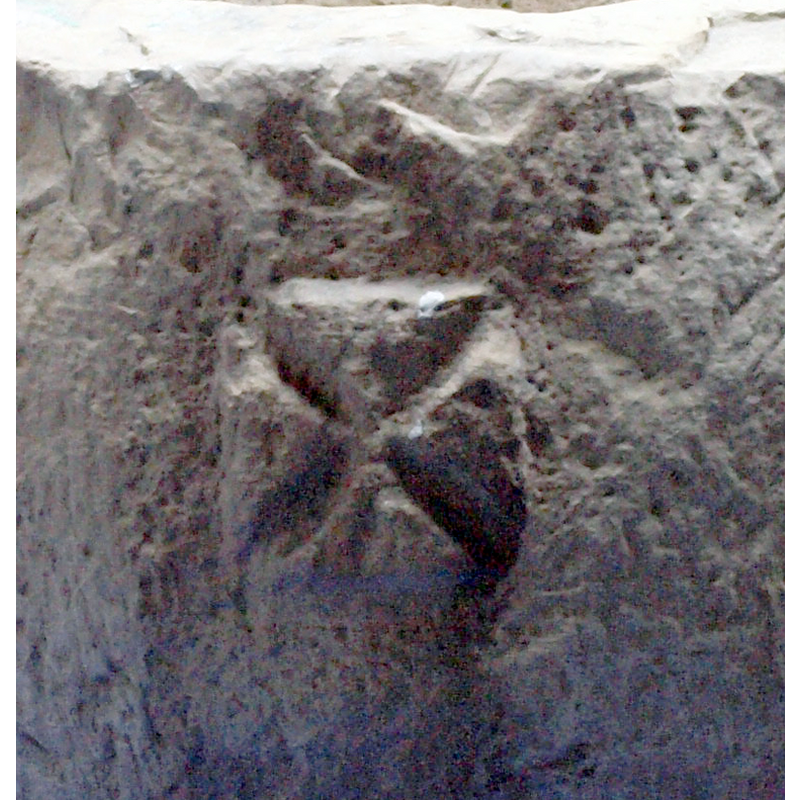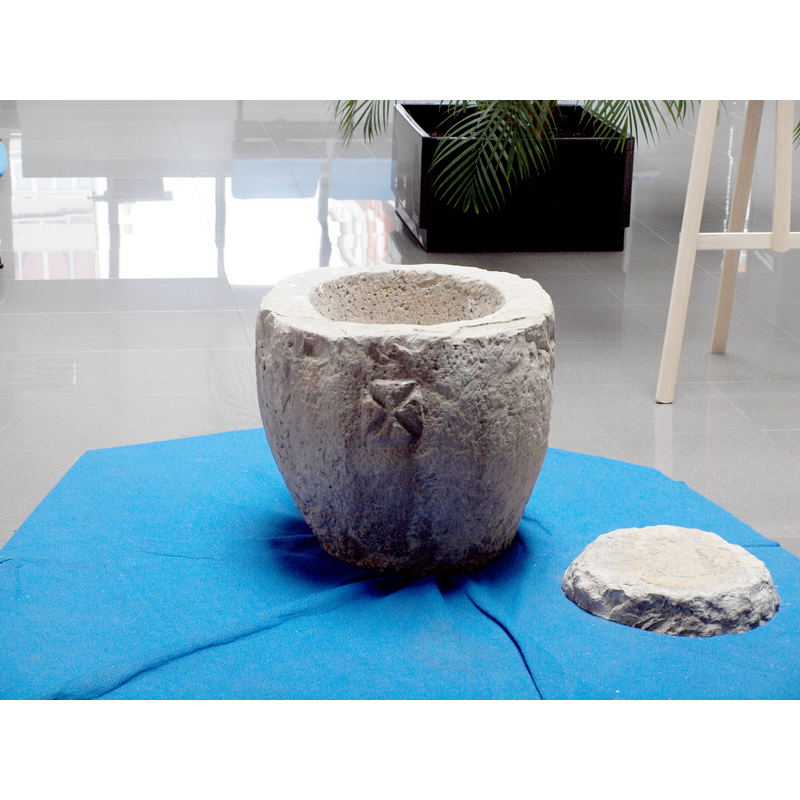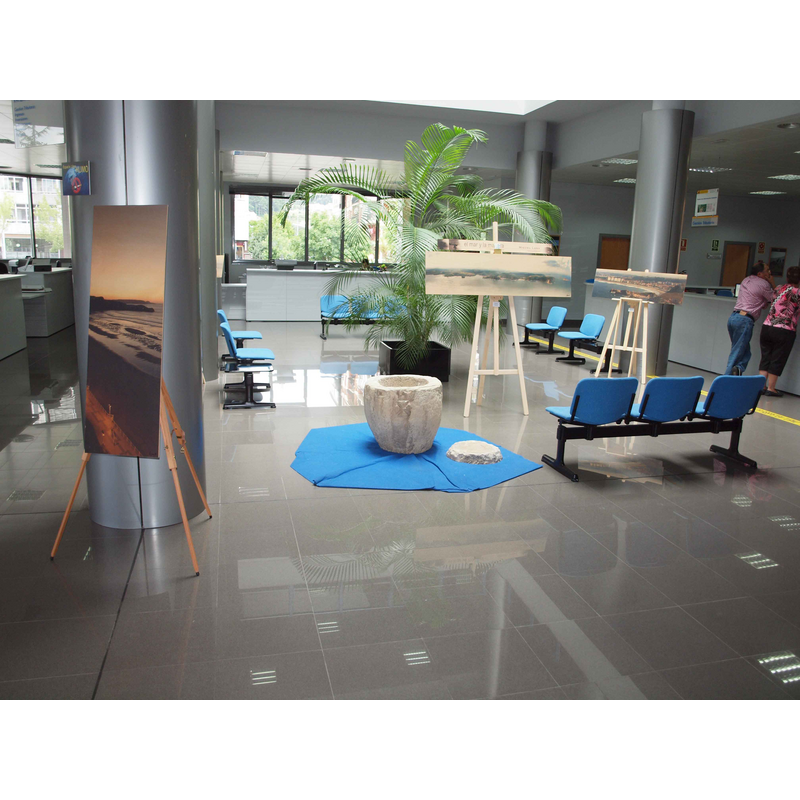Castrillon / Castrillón

Image copyright © Mikel Unanue, 2010
Standing permission
Results: 5 records
B01: symbol - cross - pattée
view of basin - interior
view of font
view of font - front side
INFORMATION
FontID: 16835CAS
Object Type: Baptismal Font1
Church/Chapel: Iglesia parroquial de San Cipriano, in Pillarno? [earlier perhaps in the Monasterio de Santa Maria (Pillarno)]
Church Patron Saints: St. Cyprian of Carthage [aka Thascius Caecilius Cyprianus]
Country Name: Spain
Location: Asturias, Principado de Asturias
Directions to Site: Castrillón is located off (N) the A-8/E-70, E of Aviles. Pillarno is located in the Concejo de Castrillón
Font Location in Church: [cf. FontNotes]
Century and Period: 10th - 13th century, Medieval
Cognate Fonts: [cf. FontNotes]
Credit and Acknowledgements: We are grateful to Mikel Unanue for his photographs of this font; to the officials at the Ayuntamiento de Castrillón, for their help in documenting this font; and to Iván Múñiz López and Alejandro García Alvarez-Busto for making their monograph on the font available to us.
Font Notes:
Click to view
Noted and illustrated in Múñiz López & García Alvarez-Busto (2007) as a baptismal font in the tradition of the pre-Romanesque fonts of Asturias, with a date somewhere between the 11th and the 13th centuries; it may have had a relationship with the Monasterio de Santa Maria de Pillarno. The authors inform tha the font was found by José María Pérez, a medical doctor in a mining company, before 1925 in Pillarno, where it was being used as a water-trough for the cattle; it was moved to Salinas, and then to a private chapel in Quinta Pérez, in La Lloba, Santiago del Monte. A grandson of the said medical doctor, and mayor of Castrillón, brought it to the attention of Múñiz López & García Alvarez-Busto. At this time [August 2010] the font is being displayed at the central hall of the Ayuntamiento de Castrillón [NB: a communication with the Ayuntamiento -courtesy of Mikel Unanue- informed BSI that the font is to go on permanent display at the future Centro de Interpretación Histórica de Raíces Viejo [sic] in Castrillón]. The font is described in Múñiz López & García Alvarez-Busto (ibid.) as roughly bucket-shaped and crudely rendered all over; the only decorative element is a potent cross, motif that probably moves the date of the font towards the late 12th or13th century. Múñiz López & García Alvarez-Busto (2007) suggest it belongs to a group of fonts established by García de Castro (1995) that includes cognate fonts at San Miguel de Conforcos (Aller), San Miguel de Barcena (Tineo) and San Juan de Sangoñéu (Tineo) and the one at Castrillón. These authors (ibid.) add that there is a good possibility that the font may have been originally associated with the Monasterio de Santa Maria de Pillarno.
MEDIUM AND MEASUREMENTS
Material: stone
Font Shape: cauldron-shaped
Basin Interior Shape: round
Basin Exterior Shape: round
Drainage Notes: now blocked
Rim Thickness: 10 cm [calculated]
Diameter (inside rim): 39-40 cm*
Diameter (includes rim): 59-60 cm*
Basin Depth: 35 cm*
Notes on Measurements: * [Múñiz López & García Alvarez-Busto (2007)]
REFERENCES
García de Castro Valdés, César, Arqueología cristiana de la alta Edad Media en Asturias, Oviedo: Real Instituto de Estudios Asturianos, 1995
Múñiz López, Iván, "La pila bautismal de tradición prerrománica de Castrillón (Asturias): el control señorial del bautismo", 2 (2007), Territorio, sociedad y poder, 2007, pp. 265-274; p. 265-274

![the drain probably blocked when used as water-trough [cf. Font notes]](/static-50478a99ec6f36a15d6234548c59f63da52304e5/compressed/1100807005_compressed.png)

